What is cayenne pepper and how to grow it?
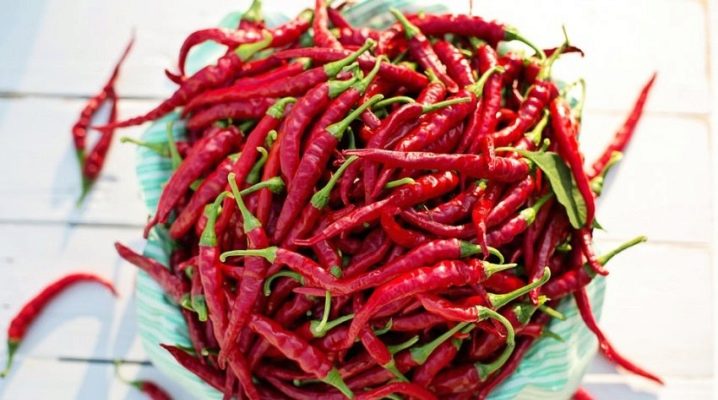
One of the most common spices in Asia is cayenne pepper. Typical of it is the mild astringency of the aroma combined with a pungent, truly searing taste. In Russia, this seasoning is not used so often, but if you wish, you can try to grow it in your summer cottage - for this you need to know the description of the culture, its main properties and characteristics, as well as the rules for caring for it.
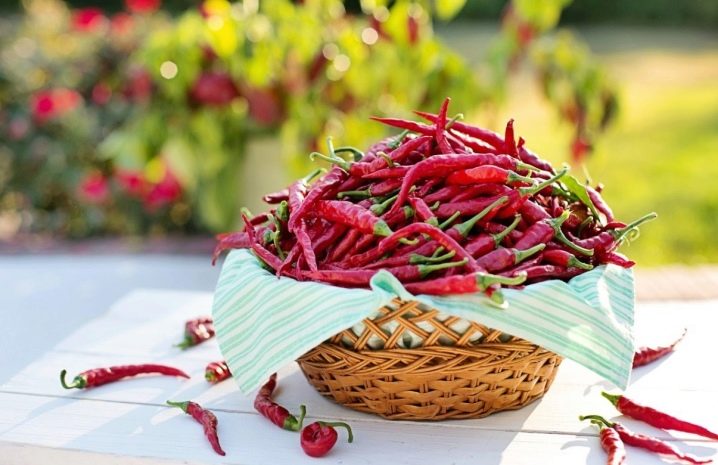
What it is?
First, a little history. The island of Java is considered to be the origin of cayenne pepper, and the seasoning also grows in the south of India. Nevertheless, the plant is most widespread in the South American continent and in Mexico. Native Indians everywhere used it in food as a delicacy - as we now eat vegetables and fruits. They sincerely believed that these pungent fruits have a powerful healing effect and are able to protect the body from all diseases.
The burning pods were brought to the countries of the Old World by Christopher Columbus. This product instantly gained popularity among the population as a budget alternative to expensive black pepper. The cayenne pepper brought by the Spanish navigator immediately solved many problems - it made it possible to enrich the taste of familiar dishes, and also made this spicy spice available to a huge number of people.

Cayenne pepper is grown commercially in China today. However, East Africa is considered the absolute leader in the cultivation of this crop. There are enterprises that import spices to various parts of the world.
So, cayenne pepper is a plant of the Solanaceae family, presented in a wide variety of species and varieties. Most often, the fruits are yellow, green or red, dark brown pods are less common. The unripe fruit is known as pepperoni and has a pale green skin that can also be eaten. The length of the pods, depending on the growing environment, can vary from 4 to 10-12 cm.
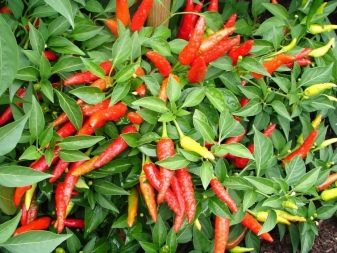
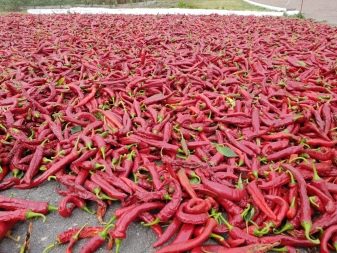
The cayenne pepper shrub looks like a medium-sized densely branched plant, reaching 1 m in length. Under favorable conditions, flowering occurs continuously, therefore such plants are often grown at home. With sufficient light, they will delight the eye with their juicy bright flowers throughout the year.
The degree of hotness of a pepper directly depends on its variety. There is even a specialized pungency scale named for the chemist Wilbur Scoville. It determines the degree of hotness of different types of peppers - for the cayenne variety, this parameter corresponds to 45 thousand units. It is characteristic that the scalding taste of this pepper can be felt even if you dilute 1 g of its juice in 1000 liters of water.
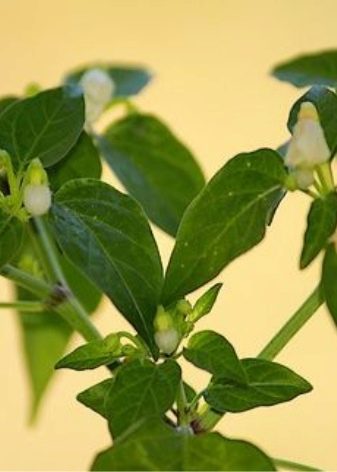
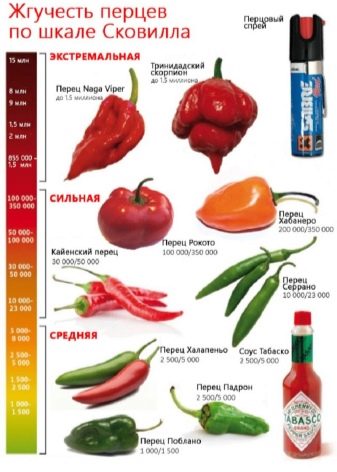
The pungency and pungency of the pods is directly related to the seed part of the fruit. If you remove it, then the burning effect during use will be noticeably reduced. At the same time, scientists noted that if you regularly include cayenne pepper in the diet, the body will get used to the pungency, and the product will not cause the same discomfort.
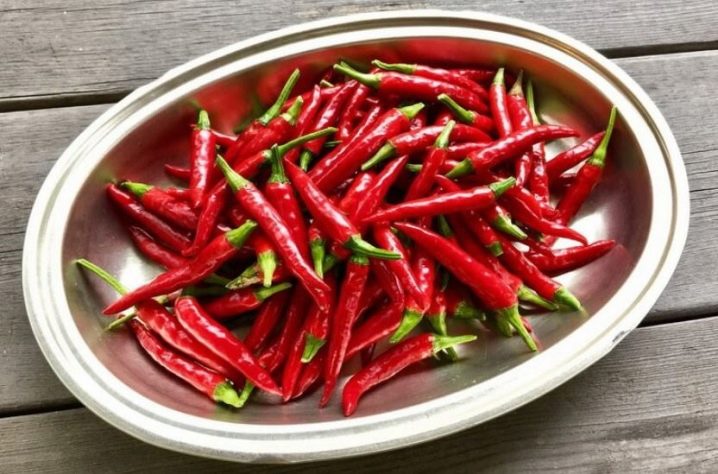
Red pepper has a beneficial effect on human health.
- The product contains a large amount of useful trace elements - magnesium, potassium, iron, as well as vitamins A, C and E.
- Pepper increases blood flow, promotes vasodilation, and due to this has a pronounced warming effect... Therefore, in medicine, it is often used instead of a mustard plaster for colds.
- Hot pepper tincture promotes quick recovery of injured tissues and relieves headaches.
- The product has a pronounced antibacterial effect, thanks to which it can save a person from fungal diseases.
- Regular consumption of chili helps to strengthen the immune system and purify the blood. It has a beneficial effect on pathologies of the cardiovascular system.

However, it should be borne in mind that such pods should be eaten with extreme caution. If you consume too much pepper, the effect will be exactly the opposite. Reception of spicy foods is not recommended for people with chronic diseases in the acute stage.
In addition, it is undesirable to include pepper in the diet for people with stomach ulcers, gastrointestinal tract pathologies and kidney diseases.

Comparison with chile
All hot varieties of capsicums are actually united under one common name - "chili". Therefore, when purchasing chili peppers, you cannot know for certain what kind of spice is in front of you. Thus, cayenne pepper belongs to the group of chili peppers, while it is without a doubt the most spicy in its category.
There is evidence that its fruits are slightly smaller than all other varieties of chili and, accordingly, much lighter. In this case, the pods are more rigid. A big difference is also associated with the availability of products - such peppers are much more expensive than all other chilies, and you can not buy it in every store.
Most often, a mixture of cayenne pepper with various additives is sold on the shelves of outlets.
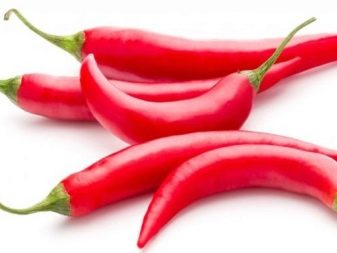

Germinating seeds
For a long time, cayenne pepper belonged to exotic cultures and was imported into our country in the form of a ready-made dry spice. However, in recent years, many gardeners have learned how to grow this plant on their plots. Usually, the seed method is used for this, especially since you can buy seedlings of this burning fruit in any store for summer residents.
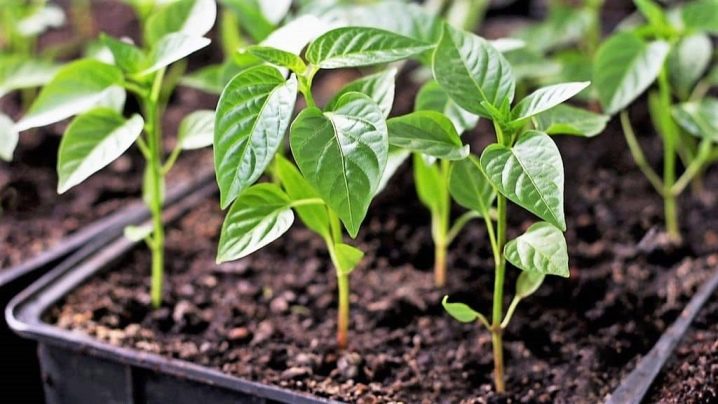
As a rule, the seed germination process takes 9-10 days and includes several stages.
- First, the purchased seeds must be wrapped in a piece of cotton cloth or gauze and place in a warm place.
- The fabric should be moistened every 4-5 hours.... The combination of heat and moisture will help the seeds to activate and swell.
- As soon as the sprouts appear, you can transplant seeds into prepared, fertile, well-drained soil. It is best to take a store-bought potting soil mixture designed for growing tomatoes.
Seeds that have not had time to develop a full-fledged root should not be planted in the ground - they may simply not sprout. Seedlings that do not germinate in a week are most likely not viable. You can safely get rid of them.
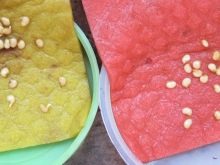
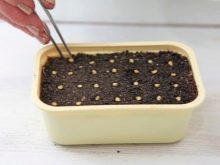
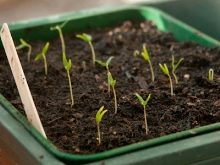
This exotic culture is light dependent. Therefore, it is best to place a container with seedlings on the south or southeast side, where you can achieve maximum illumination throughout the day. In the evening, the seedlings will need lighting, so it is advisable to get a phytolamp.
The soil with the seeds planted in it is thoroughly moistened and the container is covered with cling film to achieve a greenhouse effect. Thus, the maintenance of a favorable microclimate is ensured, contributing to the accelerated growth and development of seedlings.
When two or three permanent leaves are formed on the seedlings, a pick should be made. For this, young plants are transplanted into separate pots.
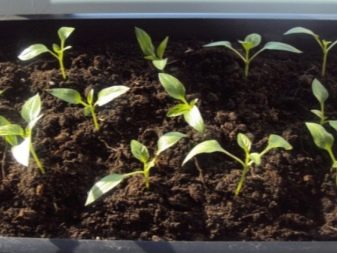
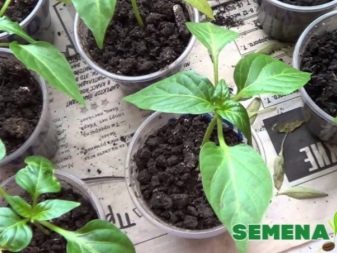
After the peppers grow to 12-15 cm, it will be possible to move them into open ground or, if desired, to grow as a home plant, move them to a larger flower pot.
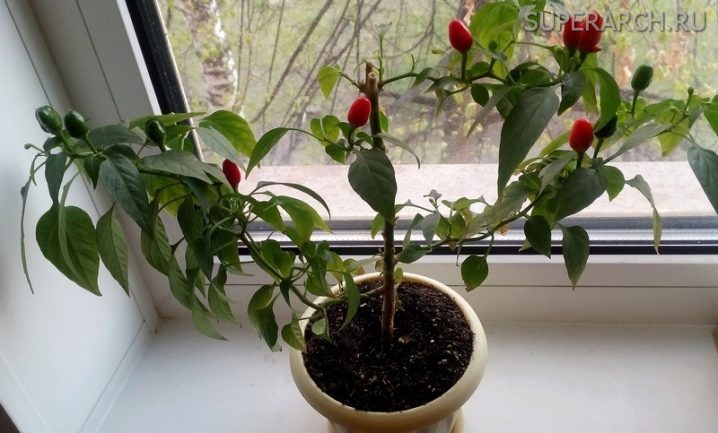
Landing in the ground
Pepper seedlings 12-15 cm long usually have a well-developed root system. This means that the plant is ready for transplanting into open ground, can easily adapt to new external conditions and enter the fruiting phase. It is necessary to transplant after the average daily temperature reaches 8-10 degrees and the threat of recurrent frosts has completely passed. In this case, you should adhere to a simple algorithm of work:
- carefully dig up and loosen the ground, then level with a rake;
- form the holes so that the distance between the bushes corresponds to 35-40 cm with a row spacing of 50 cm;
- spill each hole with warm water and add 3 tablespoons of organic fertilizer, best of all based on peat;
- deepen the seedling so that the root collar remains flush with the ground;
- fill the hole with soil, compact the earth slightly and cover with a layer of mulch.
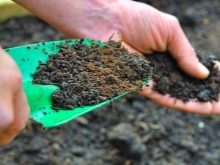
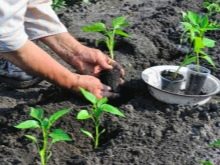

Care
Growing hot peppers is not as troublesome as it might seem at first glance. Agricultural technology includes standard measures - watering, loosening, weeding, feeding, as well as pruning and processing against pests.
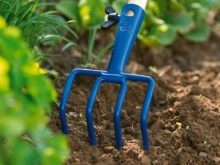
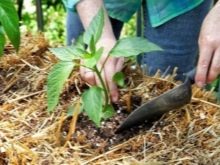
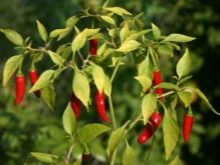
Watering
After transplanting peppers into open ground, you need to water once a week at the rate of 10-13 liters of water per square meter of plantings... If the air temperature rises and the weather is steadily hot, the frequency of irrigation is increased up to 2 times a week. At the stage of flowering and fruiting, hot peppers need more water, therefore, after the formation of buds, watering is carried out every 3 days. In this case, water is introduced exclusively into the root zone, avoiding moisture drops on the leaves.
After each watering or heavy rain, a dense crust forms on the ground. It reduces breathability and this reduces air flow to the roots. Therefore, as soon as the earth dries up, it is advisable to loosen it to a depth of 5-7 cm.
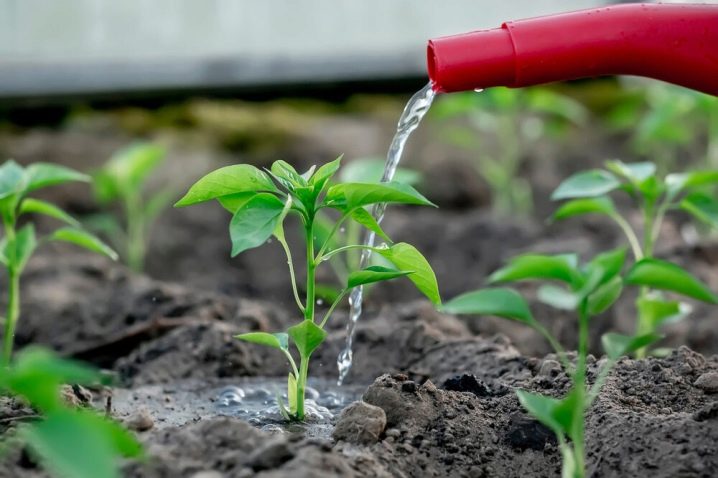
Pruning
Cayenne pepper is a bushy bush. If you follow all the conditions for caring for it, then it takes the form of a lush and very strong plant, which will regularly give a good harvest. To make the pepper more actively bush, you can pinch the tops of a young plant. In those cases, if you prefer massive fruits, you will have to remove new inflorescences that appear from time to time.

Keep in mind that during the first two to three months after transplanting, the plant will not need any fertilization. He will have enough of those nutrients that are in fresh soil. After that, you will have to enrich the land with top dressing. The greatest effect is given by ready-made mineral complexes intended for tomatoes. They are brought in once a month.
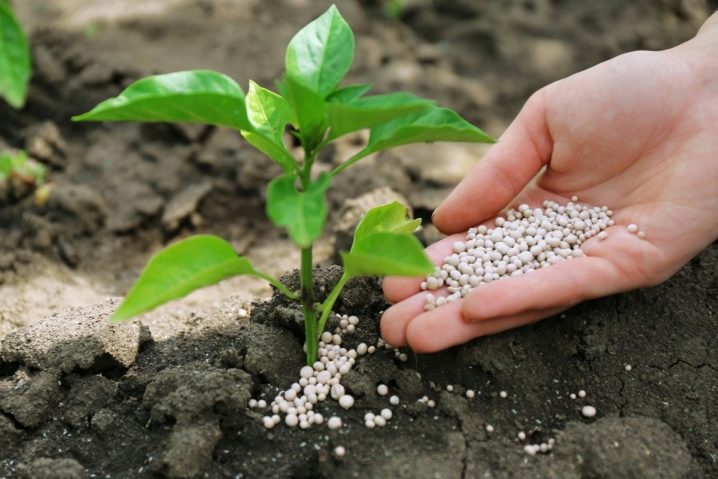
Despite the fact that hot peppers are perennial plants, after the end of the growing season they are often thrown away - and completely in vain. It is better to transplant the bush into a pot and transfer it to the house, after cutting it off. An alternative wintering option would be to store the pepper in a cellar or basement - in this case, it is cut off by 10-15 cm and transferred to a container with a moist substrate.
With the arrival of spring heat, the bushes will actively give young shoots. It is noticed that the second years begin to bloom and bear fruit earlier. In addition, they show high hardening and excellent resistance to external adverse factors.

Diseases and pests
Juicy fruits and hot pepper leaves attract many harmful insects. The most common enemies of the culture are Colorado beetles, aphids, as well as whiteflies and scoops. Special attention needs to be paid prevention.
Wood ash is a good means of preventing pest attacks. To prevent the development of diseases, the bushes are powdered with a layer of fly ash every 3-4 weeks. Such protection makes the plant unattractive to insects.
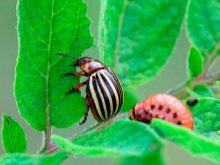

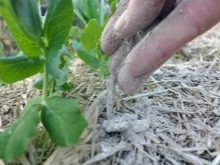
If the pests have already managed to damage the young bushes, you can use folk remedies. Onion, garlic or soap infusions will help scare away uninvited guests.They are prepared according to the same scheme - the main ingredients are dissolved in water in a ratio of 1 to 10. The resulting mixture is sprayed with seedlings from a spray bottle. Processing is carried out in cloudy weather, in the morning before sunrise or in the evening after sunset.
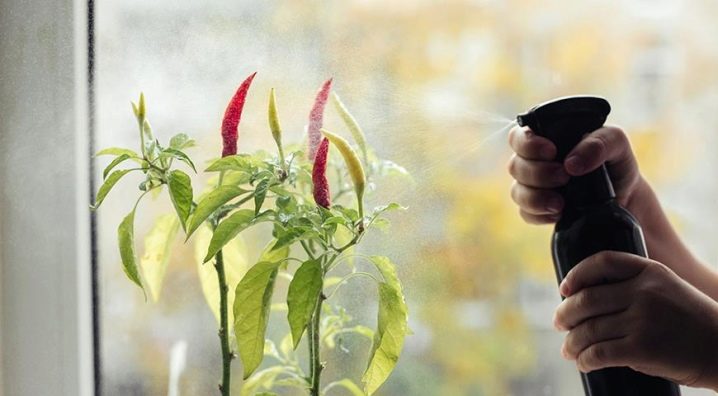
Cayenne pepper is a plant with powerful immunity, it is resistant to disease, but in adverse weather conditions it can be attacked by gray mold. In case of damage, it is necessary to remove the damaged areas, after which it is necessary to process them with special antiseptic preparations. Also, pepper often affects late blight. In this case, the biological products Pentafag and Gaupsin will help to save the culture.
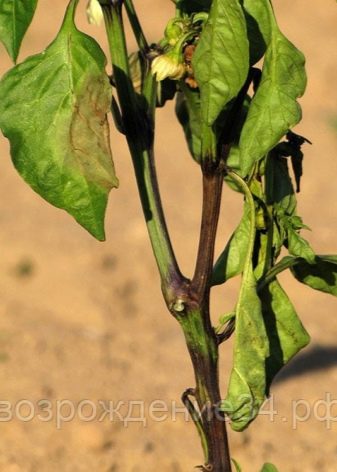
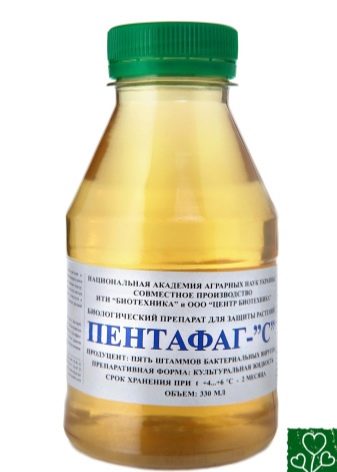
Harvesting and storage
Cayenne pepper has pronounced signs of full ripeness, so it is not difficult to establish the degree of ripeness of the culture.
- Ripe peppers are yellow, orange or red in color. The brightness of the shades allows you to accurately determine the degree of ripening of the crop.
- Ripe pods usually contain a high concentration of bitter pungent substances.... This can be observed by rubbing the inside of the palm with the pod. If you feel a noticeable burning sensation on the skin, then the pepper is fully ripe.
- A sure sign of reaching full ripeness of red pepper is its bitterness. Moreover, the sharper the pod, the longer it can be stored. As a rule, hot peppers for winter storage are harvested in the last decade of September, at which time most of the varieties reach their full maturity.
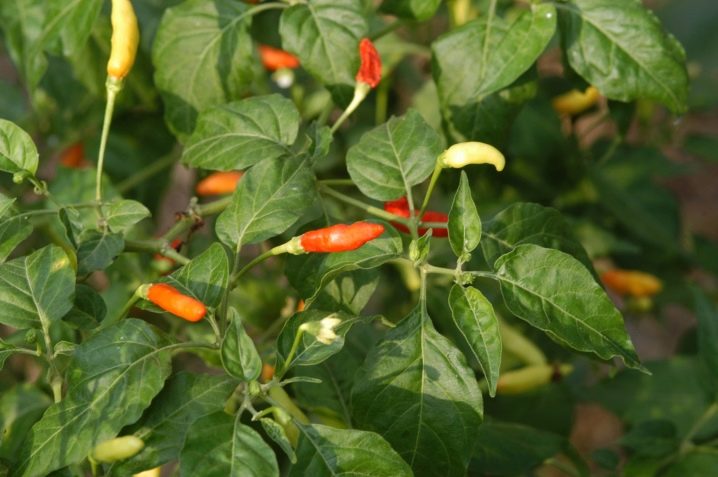
Pepperoni do not have a sufficient volume of burning substances that act as a kind of preservatives. Such fruits cannot be stored for a long time. Most often they are used either for snacks or for winter preservation.
OExperienced housewives know many ways to extend the shelf life of cayenne pepper. It is best to store it in the refrigerator or in a cool, dark place, always in an airtight bag. In this form, the pods will retain their freshness for about 2 weeks.
If you need to stock up on pepper for a longer time, you can resort to freezing. To do this, the entire available spice supply is sorted into small single portions, crushed into small and medium-sized slices, thoroughly rinsed and packaged in small plastic bags. After that, the workpiece is sent to the freezer.
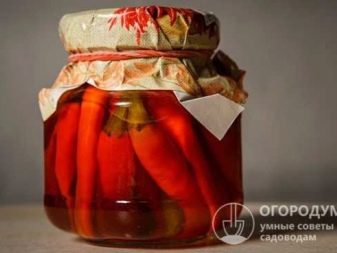
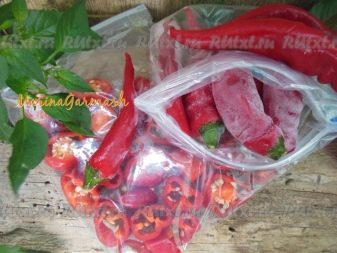
Another popular way of storing hot chilli peppers is drying... In this case, the peppers are tied to a clothesline with threads and left for several days. Drying is carried out in a well-ventilated place with access to sunlight.
To speed up the process, you can use an electric / gas stove. The fruits are rinsed with cool water, dried with a towel to get rid of the remaining water, divided into slices and the stalks are removed. After that, they are laid out in one layer on a baking sheet, it is advisable to first cover it with parchment paper. Prepared peppers are placed in the oven for several minutes at a temperature of at least 50 degrees. At the same time, the flap is left slightly ajar so that the product dries and does not dry out. Store dry pods in a dark place at room temperature in hermetically sealed jars.

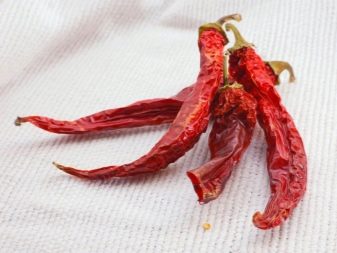













The comment was sent successfully.